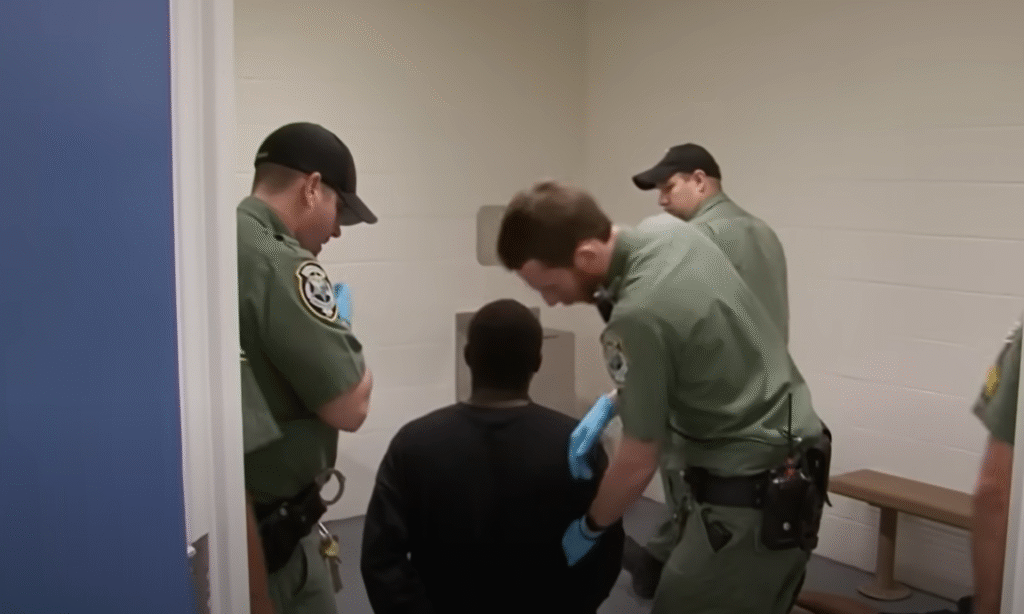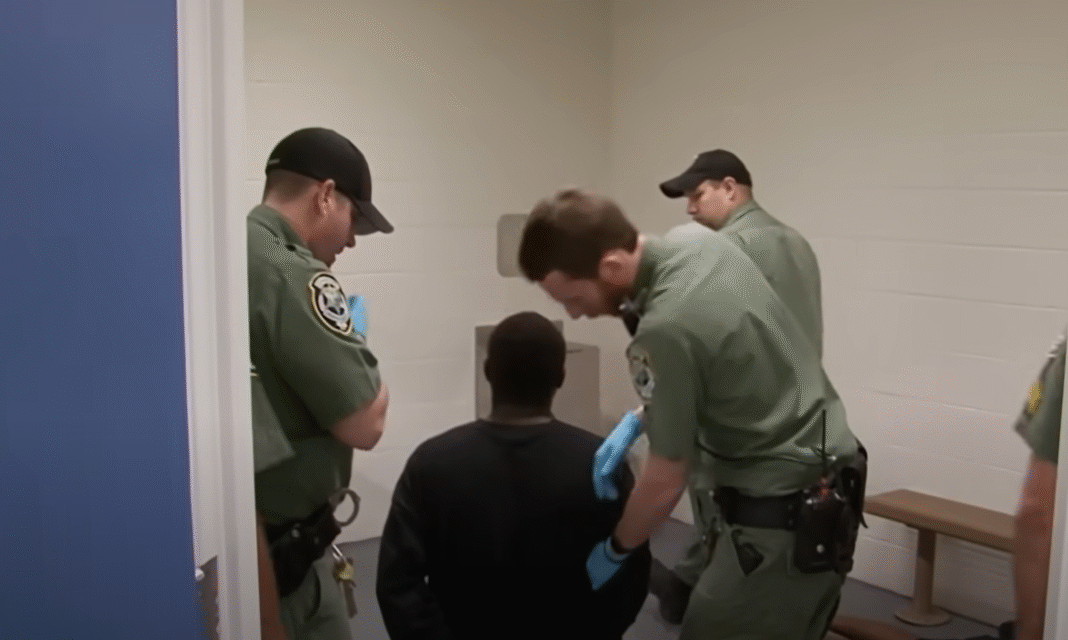The United States, home to the world’s largest prison population, houses over 2 million individuals behind bars, with Florida’s Orange County Jail representing one of the most extreme cases of overcrowded, dangerous facilities. The prison complex, located just outside Orlando, is notorious for housing thousands of detainees in modern, modular settings. This facility serves as a booking and release center for individuals awaiting trial and processes hundreds of detainees daily. Despite its advanced infrastructure, Orange County Jail struggles with many of the same issues facing older correctional facilities, such as gang violence, overcrowding, and rampant smuggling.

A New Generation of American Prisons:
Orange County Jail is part of a new generation of American detention facilities that attempt to modernize the often brutal world of incarceration. Unlike older jails, which feature long processes and a less systematic approach, the Orange County Jail boasts an efficient intake system designed to handle a high volume of detainees swiftly. With spaces designed to house men and women awaiting trial, the facility processes 100 to 250 people per day. Inmates are quickly registered, fingerprinted, and medically evaluated before entering the general population. The system is designed to expedite the process and avoid disputes over lost or stolen property by carefully documenting and photographing the personal belongings of every detainee.
Surveillance and Control:
Inside the facility, control is maintained through advanced security measures. Guards oversee the detainees from a control room that monitors every corner of the prison through cameras, even in showers and toilets. Despite the comprehensive surveillance system, the nature of the prison environment means that violence, gang activity, and attempts at smuggling remain a significant problem. Inmates are closely watched in “pods,” or secure living spaces that hold up to 60 detainees each. However, even with constant monitoring, inmates manage to circumvent rules, using sign language through glass walls or crafting weapons from makeshift materials like broom handles and socks.
A Violent and Brutal Environment:
Gang violence is a prevalent issue at Orange County Jail, with rival groups frequently clashing, sometimes leading to violent assaults and even murder. Inmates are often housed in conditions where survival becomes a matter of strength, as evidenced by the experiences of long-term detainees like Bill and Keith, both serving lengthy sentences for serious crimes. These inmates recount the brutal reality of living in a maximum-security environment, where the weak often fall victim to violence.
Daily Life and Prisoner Tricks:
For many prisoners, daily life revolves around finding ways to cope with the harsh conditions and limited freedoms. Despite the prison’s controlled environment, inmates still manage to smuggle in contraband, including drugs, cell phones, and even weapons. Smuggling operations are often sophisticated, with items hidden in the most unlikely places, such as inside envelopes, legal mail, or even the body cavities of detainees. One of the most common forms of contraband smuggling is the “shank” – a homemade weapon crafted from everyday items, like broom handles, which are sharpened and tied to make a deadly tool.
The Role of Prison Guards:
Sergeant Lynn Apple, a veteran correctional officer, exemplifies the mental and physical preparation required to handle the constant stress of working in a high-risk environment. Guards like Sergeant Apple work long hours to ensure that inmates remain compliant and that order is maintained. While physical altercations are not always common, the threat of violence is ever-present. The challenge for guards is not only dealing with physical confrontations but also managing the psychological stress of working in an environment where danger lurks at every corner.
Gang Control and Prisoner Relations:
One of the most significant threats in the facility is the presence of gangs. According to Sergeant Apple, approximately 60% of the inmate population is involved in gang activities. These gangs use various methods of communication, from sign language to letters, to maintain control over their members. Inmates who affiliate with gangs often display tattoos that signify their allegiance, as is the case with a detainee named Casper, a repeat offender serving a lengthy sentence. Sergeant Apple’s knowledge of gang culture helps her navigate interactions with inmates and prevent conflicts from escalating.
Prisoner Behavior and the Search for Freedom:
Despite the constant surveillance and dehumanizing conditions, prisoners at Orange County Jail still engage in various activities to assert some sense of freedom. For example, Heather and Ashley, two female inmates, manage to cook a meal using food products found in the prison canteen. Their creativity in making a makeshift meal is a testament to the lengths prisoners will go to in order to maintain some semblance of autonomy. However, such acts of rebellion are often followed by further scrutiny and punishment from prison authorities.
The Dark Side of the Prison System:
Despite the modernization efforts at Orange County Jail, the U.S. prison system as a whole continues to struggle with its systemic issues. The overpopulation of jails, the dominance of gang culture, and the constant threat of violence make American prisons a dangerous environment for both inmates and guards. Moreover, the increasing reliance on technology, such as video visitations, has created a system where human connections are replaced by digital interactions. While this policy is intended to reduce the risk of smuggling and violence, it further distances inmates from their families, contributing to the dehumanization of the incarcerated.
Conclusion:
The story of Orange County Jail is one of both innovation and brutality. As one of the largest and most advanced detention facilities in the United States, it offers a glimpse into the future of the prison system, where security and surveillance are paramount. Yet, even in this modern setting, the fundamental issues of overcrowding, gang violence, and prisoner exploitation remain deeply embedded in the system. With more than 2 million Americans incarcerated, the question remains: can the United States reform its prison system to address these persistent challenges, or is the cycle of violence and dehumanization destined to continue?

